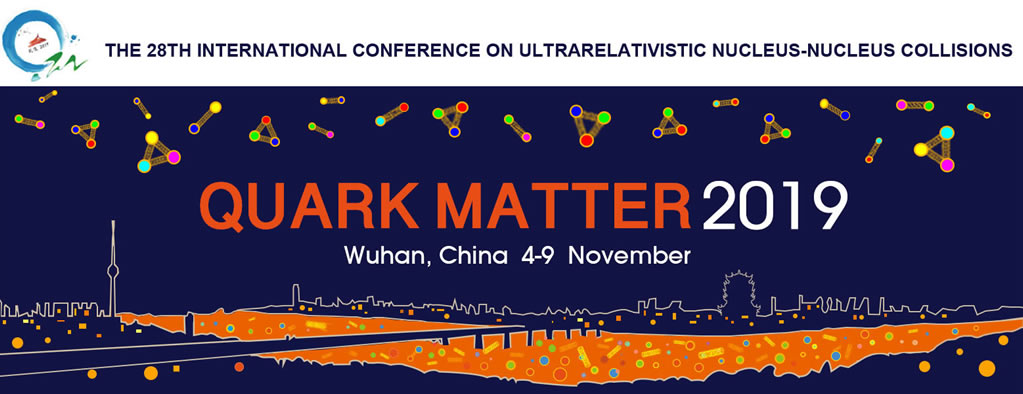Speaker
Description
One of the important results of the LHC Run 1 was the observation of an enhanced production of strange particles in high multiplicity pp and p-Pb collisions at 7 and 5.02 TeV, respectively. A smooth evolution of yields of strange particles relative to the non-strange ones with event multiplicity has been observed in those systems. Results from Run 2 at the top LHC energy allows us to improve previous measurements by exploiting a dedicated high multiplicity trigger. This offers the unique opportunity to study, in elementary collisions, the multiplicity range covered by semi-peripheral Pb-Pb collisions. We present the latest results obtained with ALICE on the multiplicity-dependent strangeness production. The strangeness enhancement is investigated by measuring the evolution with multiplicity of single-strange and multi-strange baryon production relative to non-strange particles. In addition recent measurements of mesonic and baryonic resonances in small collision systems are shown. We investigate the system size dependence in different collision systems as well as lower collision energies to study how the hadronic scattering processes affect measured resonance yields, as well as the interplay between canonical suppression and strangeness enhancement. The measurement of the $\phi$(1020) meson as a function of multiplicity provides crucial constraints in this context. Energy and system-type invariance are discussed and an extensive comparison with statistical hadronization and QCD-inspired models are presented.
